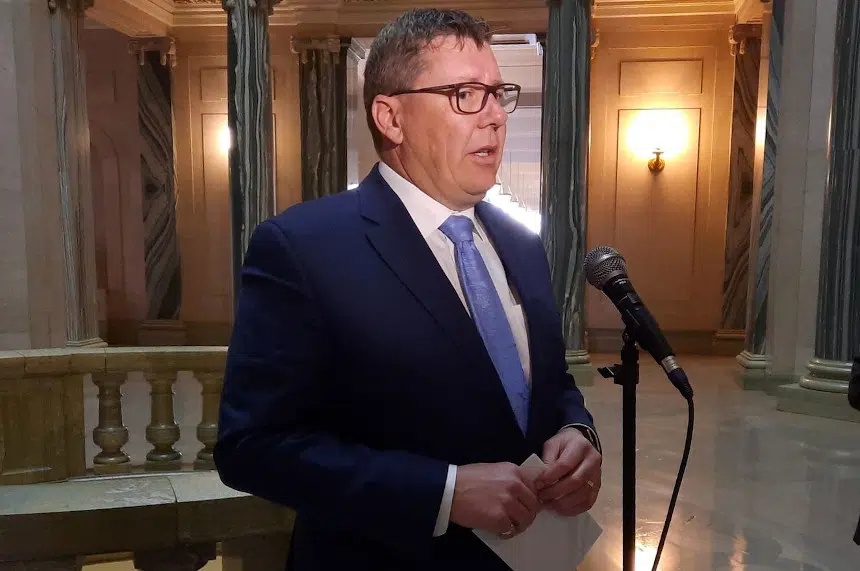After the long-awaited health-care meeting in Ottawa last Tuesday, the federal government proposed a $196-billion health-care deal to help provinces fund their health-care systems.
The provinces originally asked for an immediate cash injection of $28 billion and yearly increases after that, but instead ended up with the federal government offering them an estimated $46 billion in new funding over 10 years.
Premier Scott Moe told Gormley on Monday that equates to a two per cent lift to health-care budgets across Canada.
“We’re going to talk probably later (Monday) as a Council of the Federation on where we move from here, but … at the end of the day, I don’t think there’s any province that’s going to be turning down or not investing health-care dollars that are available,” Moe said.
“However, this does mean that provinces are going to need to carry on with … paying for the health care that they are delivering.”
Moe said health care is going to become a larger portion of provincial budgets, claiming the two per cent increase is not significant enough to monumentally change how health care is delivered.
“Provinces are going to have to find that path on their own,” he said.
Moe adds there’s a significant bilateral portion to the deal with four priorities laid out, saying he doesn’t have an issue with any of the priorities at first glance.
“They include expanding family health services (and people’s) access to physicians, increasing (the number of) health workers … increasing (the province’s) mental health metrics … and, ultimately, successes, and there are questions about modernizing the health system and … standardizing some of (the) health data among provinces and some of the digital tools that are available,” Moe said.
Moe says aggregate data has always been reported to the Canadian Institute for Health Information (CIHI) and it compares all of the provinces.
“We’re going to probably increase the numbers or the intensity of how we report some of that data to CIHI,” the premier said. “For example, the number of health employees that we have over time, (whether) that’s increasing or decreasing, the number of surgeries that we have, the number of people who have access to a family physician, which I think are concerning to all Canadians.”
Moe adds any personal health-care data legally cannot be reported to CIHI.
“Aggregate data and comparing (Saskatchewan to) other provinces help (provinces) share what is working and (move) beyond what isn’t working, so I think that is a positive actually,” he said. “In the same respect … the federal government will also be judged to a degree as to whether or not they’re a full funding partner of provincially delivered health-care services across the nation.”
When it comes to how the province’s current health-care dollars are spent, Moe says officials need to look at different ways of delivering current services and new ones in future years.
“Let’s take for example the whole area of mental health care and addictions treatment … We’re adding … in partnership with community-based organizations … addiction and mental health treatment beds … A number of years ago, we had none of that conversation essentially happening,” he said. “We had some alcohol addictions rehabilitation beds, but nothing (at) the level of what is required today.”











